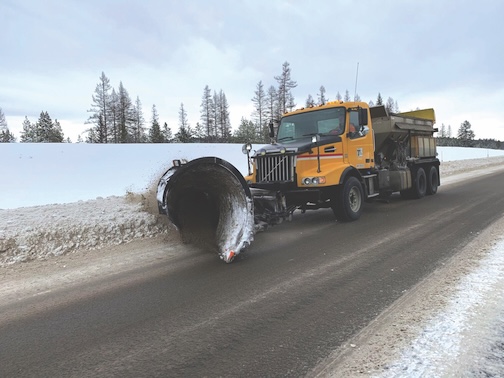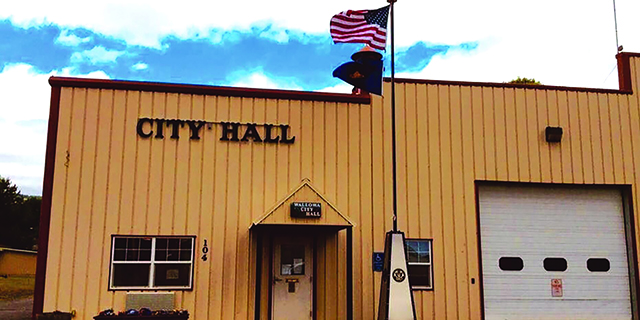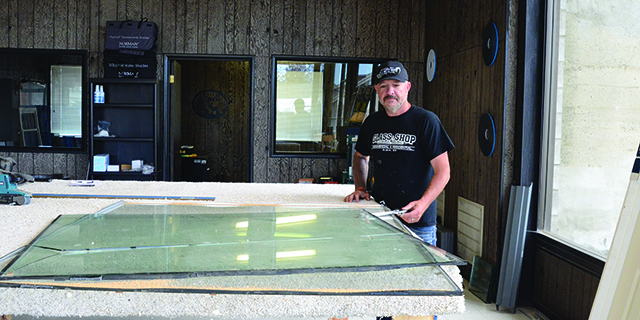Trout crowd forest ponds
Published 5:00 pm Wednesday, June 23, 2010
Wallowa Valley ponds have been stocked with legal-sized and trophy rainbow trout.
Fishing is good on Kinney Lake, which has been stocked with legal and trophy rainbow trout. The same goes for many forest ponds: Honeymoon, Mc Graw, Tepee, Victor, Marr and Salt Creek Summit. They are accessible and have been stocked. Fishing should be good for both stocked and hold-over trout.
Trending
Wallowa Lake continues to turn out record setting kokanee, including a 9 pound 10.7 ounce bruiser caught on June 13 by Ron Campbell of Pendleton.
River flows in the northeast – Grande Ronde, Wallowa and Imnaha along with their tributaries – are beginning to decline and trout fishing should be improving. They also have chinook salmon.
The Imnaha River, from the mouth to Summit Creek Bridge, and the Wallowa River, from Minam State Park to the mouth of the Lostine River, opened for spring chinook fishing. Daily bag limit is two adipose fin-clipped adults and five adipose fin-clipped jacks. Anglers must stop fishing when they have kept two adipose fin-clipped adults.
Numbers of tagged chinook passing Columbia and Snake River dams suggest there will be plenty of fish available for harvest. Angler effort and success has been low so far because of high river flows but flows are starting to decline and fishing should improve in the next week. We expect better fishing later in the season after flows have declined.
Meanwhile, hunters will find good numbers of coyotes throughout Wallowa County. Calling coyotes with rabbit distress type calls has been effective for hunters. It is important to choose areas with abundant coyote sign and little human activity.
Cougar numbers are strong through out Wallowa County. Most lions are taken incidental to other hunting; however, calling with fawn bleat, or locating a cougar kill and waiting for a cat to return are often successful techniques.
Trending
Wolves are protected by state law and it is unlawful to shoot them. Coyote hunters in northeastern Oregon need to take extra care to identify their target as wolves can look like coyotes, especially wolf pups in the mid-summer and fall.
ODFW needs hunters’ assistance to establish wolves’ presence in Oregon; please report any wolf sightings to the La Grande office 541- 963-2138.
Meanwhie, golden eagles are common in the Wallowa Valley through out the year, they can often be observed in the open prairie areas northeast of Enterprise. Bald eagles leave the Wallowa valley in spring and will return in early winter. However, there are a few adults that stay and nest in Wallowa County. One nest that is easy to observe during spring and early summer months occurs along the Grande Ronde River a few miles up stream from the town of Troy.
Herons are common and can be observed through out the Wallowa Valley feeding along creeks and rivers.
Canada geese are common through out the Wallowa valley in agricultural areas. During early summer adult breeding pairs can be observed with young goslings along the Wallowa River and near ponds. Mallards can be observed on agricultural ponds through out the valley area. Common mergansers are easily observed along the Wallowa River. Various species of diving ducks can be observed on Wallowa Lake and other large water bodies.
Prairie falcon, Red-tailed hawk, Northern harrier, American kestrels, as well as a variety of owls can be observed through out Wallowa Valley and Zumwalt prairie. Most raptors can be easily observed from county roads. A good pair of binoculars will improve viewing opportunities.
Mule and white-tailed deer are common in agricultural areas adjacent to Highway 82. Animals can be observed during early morning and late evening hours.
Bighorn sheep can often be observed when driving from Imnaha to Dug Bar. Binoculars will provide best viewing opportunities.
Elk can be observed during early morning hours in open meadows among timber stands north and east of Enterprise. Persons hiking or backpacking in the Eagle Cap Wilderness will likely see elk during early morning travels.
Mountain goats can be observed directly below Hat Point Lookout in Hells Canyon. For those who are willing to climb along some of the higher ridges and peaks of the Eagle Cap Wilderness, such as Hurricane Ridge, mountain goats will often be observed feeding during early morning and late evening hours.
Moose occur at low densities in the Umatilla National Forest north and east of Elgin. Because of their solitary nature and desire for thick timber habitats, moose can be difficult to observe. However, persons traveling slowly along forest roads occasionally get a glimpse of these large animals.









